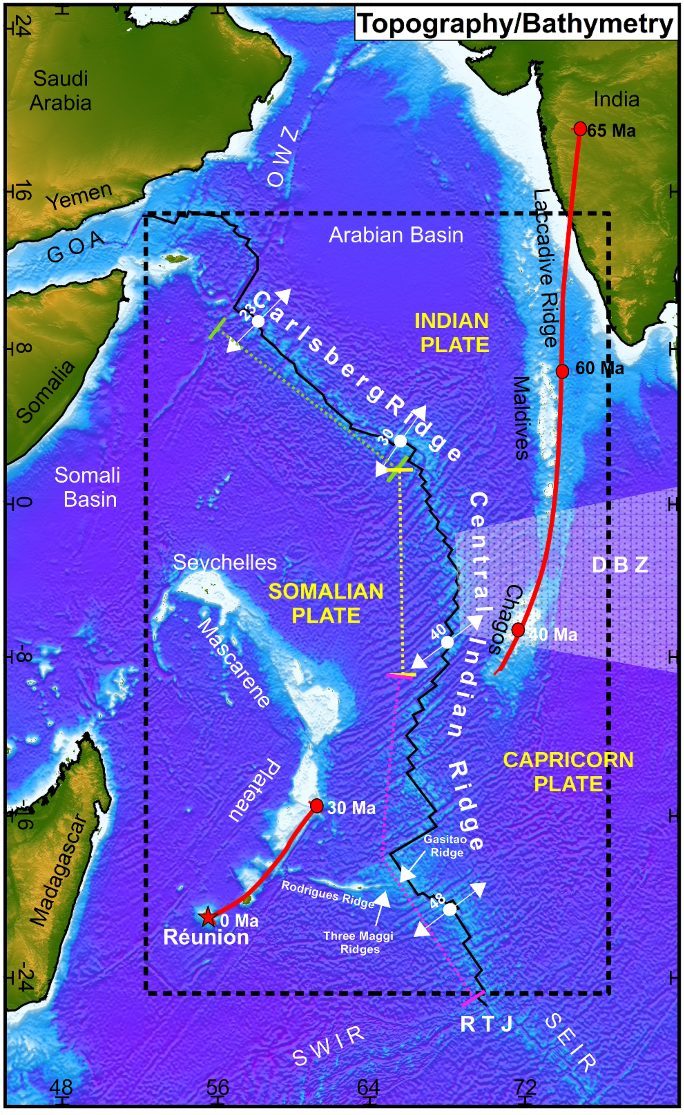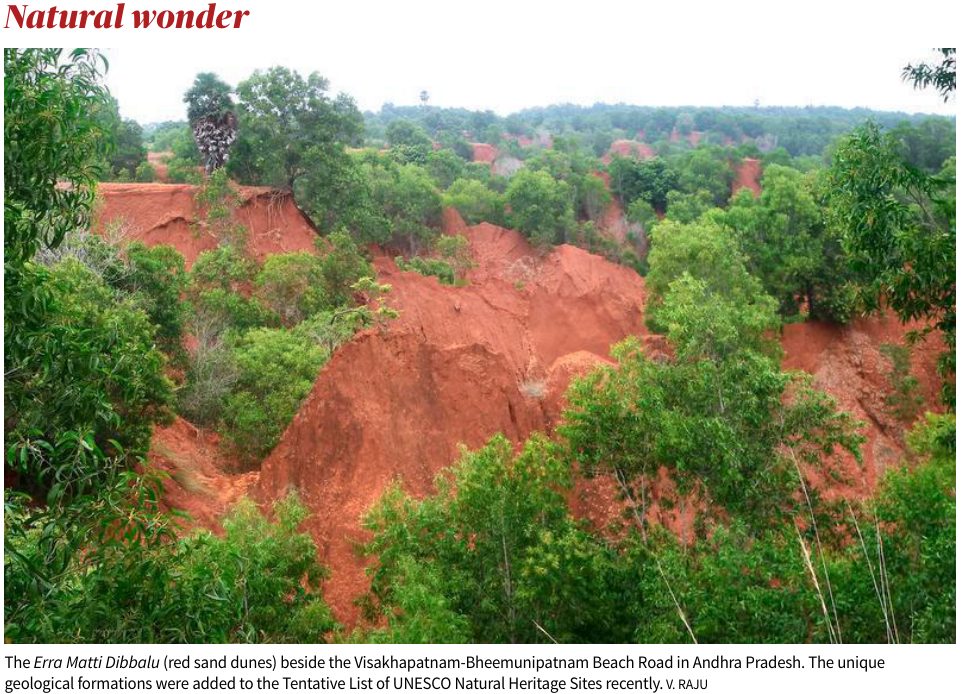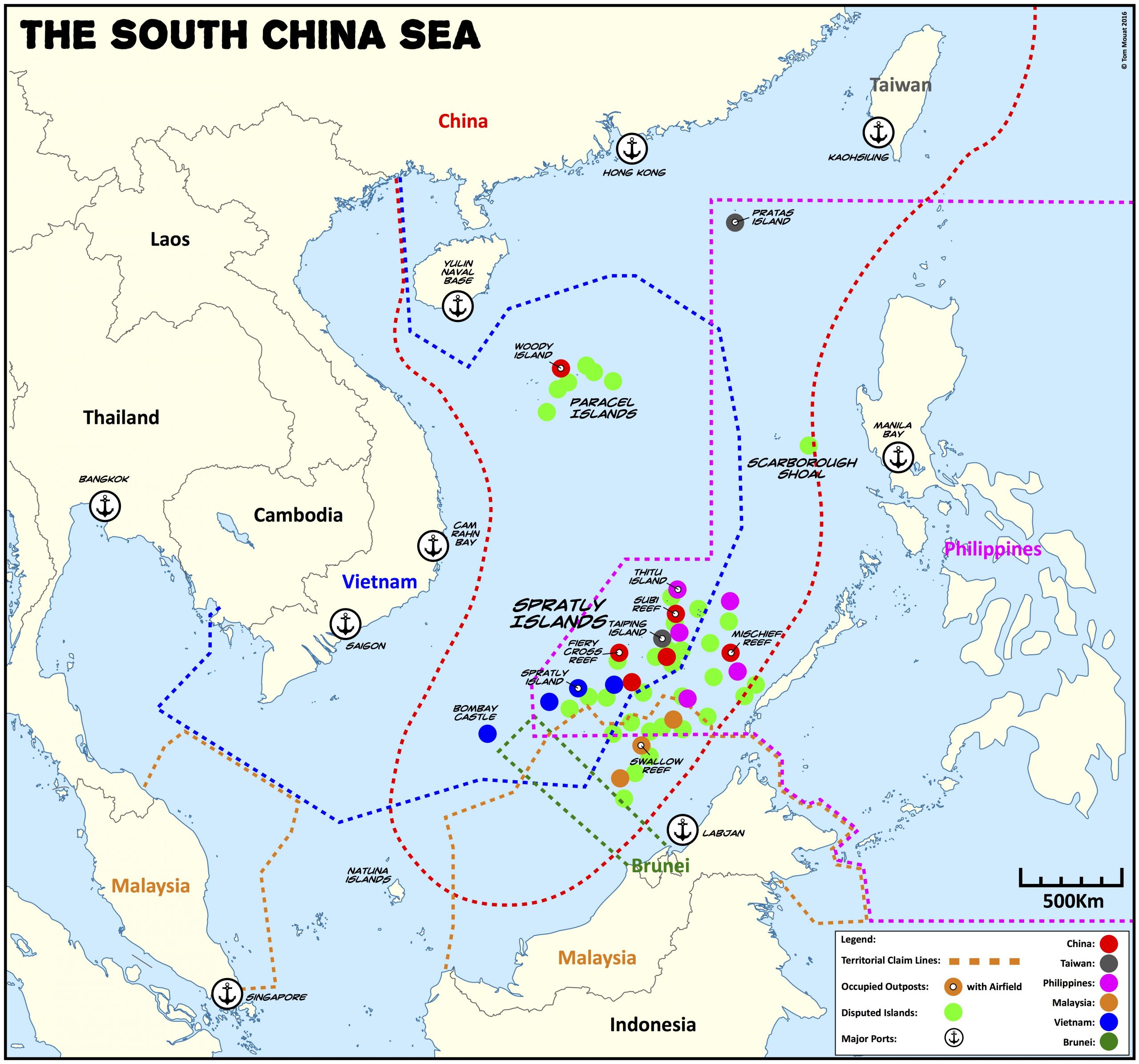Introduction
The insurrection in Nepal, which led to the fall of the K.P. Sharma Oli government after just two days, brought with it an immediate digital clampdown: a ban on 26 social media platforms. While such state actions are not unprecedented, what deserves scrutiny is the consistent passivity of social media companies in moments of political crisis. Despite marketing themselves as champions of free expression, Big Social firms often prioritise profit motives and regulatory compliance over defending user rights. The Nepal episode is not an isolated case but part of a global pattern spanning Russia, Myanmar, Nigeria, and Iran.
Why is this issue in the news?
The Nepal unrest marks the latest instance of governments weaponising internet shutdowns, but the bigger story is the role of social media platforms. Instead of resisting, they largely issued boilerplate statements, leaving millions of users disconnected. This sharp contrast between their claims of empowering citizens and their reluctance to act exposes the gap between rhetoric and responsibility. The scale of the problem is massive, bans disrupt civic life, cost economies billions, and exacerbate inequality in times of crisis.
The Conduct of Social Media Companies Amid Political Unrest
Why do social media companies stay passive?
- Profit Motives: Companies fear losing access to lucrative markets more than reputational harm.
- Government Pressure: Host states can fine, jail, or exclude companies, discouraging open resistance.
- Commercial Interests vs. Civic Responsibility: Platforms project neutrality but continue profiting while users bear risks.
How has this pattern unfolded globally?
- Russia (2018): Telegram fought bans technically but gave little political solidarity to users facing arrests.
- Myanmar (2021): Facebook ban cut off protestors from news and organising tools.
- Nigeria (2021): Twitter suspension cost the economy $26 million/day while the company stayed largely silent.
- Iran (2022): Instagram and WhatsApp issued generic appeals while small businesses collapsed.
What technological solutions exist but remain unused?
- Decentralised Networks: Tor, I2P, Mastodon, and Signal proxies allow traffic rerouting.
- Corporate Tools: Google’s Outline VPN, YouTube’s delivery networks, and WhatsApp piggybacking on HTTPS could bypass bans.
- Underdeployment: Companies avoid such measures due to fears of retaliation and loss of ad-driven surveillance models.
How does Big Social compare with other industries?
- Financial Sector: PayPal and Visa cut services in Russia citing ethics.
- Wikipedia: Won a legal battle against Turkey’s ban.
- Telecom Firms: Unlike them, SM companies market themselves as defenders of expression, making passivity starker.
What are the wider consequences of passivity?
- Digital Divide: Richer users bypass bans with VPNs, poorer citizens are excluded.
- Insecurity: Users shift to unsafe alternatives, scams rise, and access to trusted news collapses.
- Corporate Power Paradox: Meta’s revenue ($134 bn) and Alphabet’s ($300 bn) exceed GDPs of Nepal and Nigeria, yet they plead helplessness.
What could be the way forward?
- Transparency Mandates: Publish shutdown orders, legal justifications, and company responses.
- Technical Contingencies: Industry-wide standards for proxy modes, redundancy, and fallback networks.
- Regional Cooperation: Blocs like AU and SAARC can negotiate common demands.
- Moral Responsibility: Companies must balance profit motives with defending civic infrastructure.
Conclusion
The Nepal episode illustrates a broader global pattern where social media companies retreat into silence during political unrest. While they claim neutrality, their choices are deeply political, amplifying inequalities and weakening democratic resilience. Given their vast resources and influence, neutrality is no longer an option. Transparency, decentralisation, and moral responsibility must become cornerstones of their global operations, especially in the Global South where civic stakes are highest.
Value Addition |
|
PYQ Relevance:
[UPSC 2016] Use of internet and social media by non-state actors for subversive activities is a major security concern. How have these been misused in the recent past? Suggest Effective guidelines to curb the above threat.
Linkage: The Nepal case and similar crises show how governments misuse shutdowns while non-state actors exploit social media for mobilisation, misinformation, and violence. The passivity of Big Social aggravates risks by denying safe, transparent channels, widening the digital divide. Thus, effective guidelines must balance security imperatives with digital rights, corporate accountability, and technological safeguards.
Get an IAS/IPS ranker as your 1: 1 personal mentor for UPSC 2024





